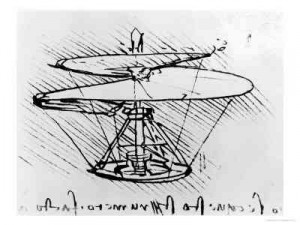If politics is religion because political theories are not justifiable in any rational sense, then we should expect to find deep theology and apologetics accompanying political “theories.” And we certainly do. Moreover, we should expect that the apologetics gin up mythological frameworks to satisfy prevailing political winds. Social insurance programs are case-and-point. What originated as a scheme to counter the desire to redistribute wealth through a limitation on downward social mobility became synonymous with socialism itself. Elizabeth Anderson of University of Michigan points out the deep ironies in her Chicago Law Dewey lecture on this topic:
The ironies are amplified as we think about the debate over the current health care reform efforts and the flip-flopping of everyone from The Heritage Foundation (note, however, that Heritage denies flip-flopping through an appeal to nuance) to Mitt Romney.
Religion doesn’t care, of course. Religion just requires consistency and a consistent denial of oppositional rhetoric. It also helps to have an enemy, as Ms. Anderson points out. And having cartoon tracts can help, too, as this cartoon embodiment of Freidrich Hayek shows:
The Jehovah’s Witnesses of political theory.… Read the rest
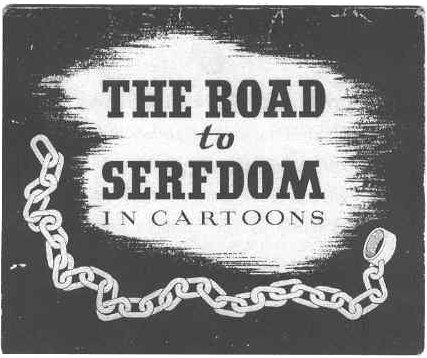


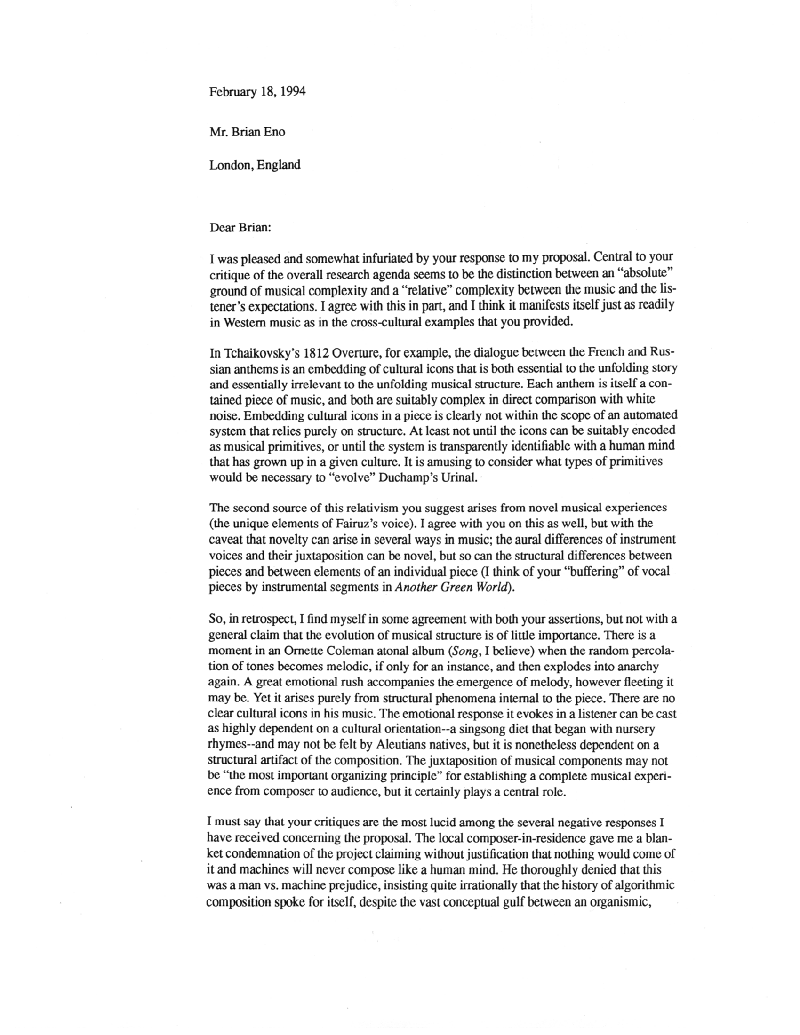
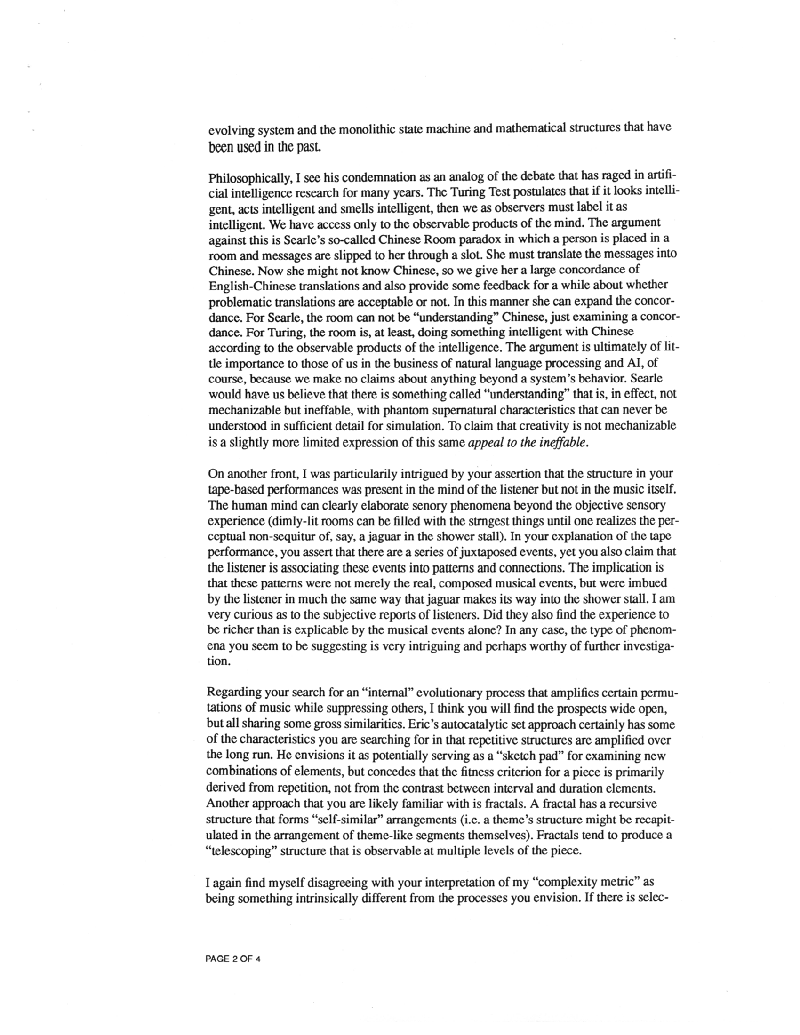
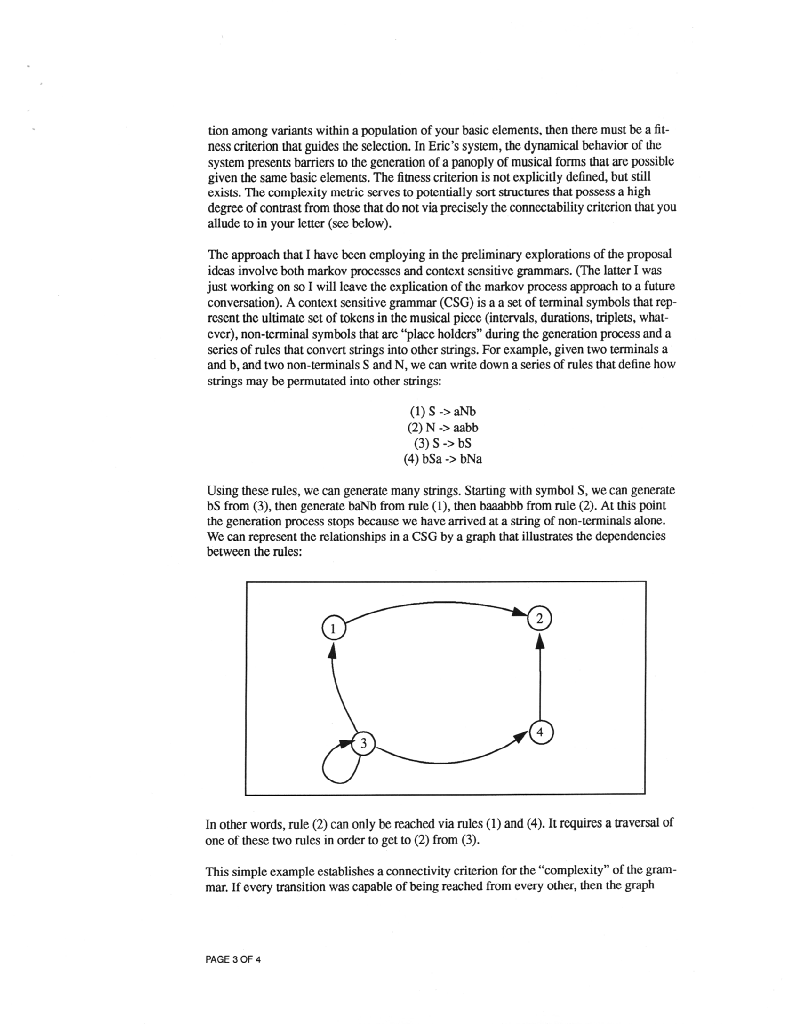
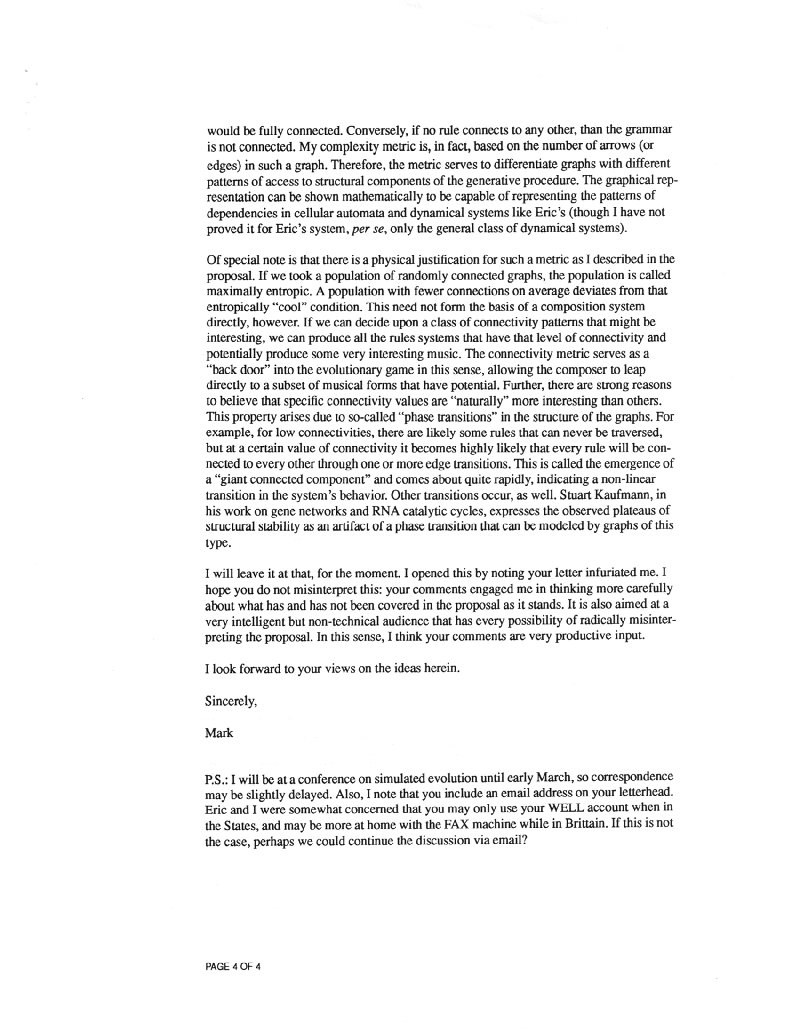


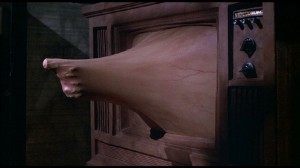
 An ever-present flaw in almost all theology and apologetics–and a flaw that is easily remediable–is the requirement for omnipotence, omnibenevolence, and omniscience (OOO) on the part of the structure of God or the gods. We see this in the argumentative doldrums of the
An ever-present flaw in almost all theology and apologetics–and a flaw that is easily remediable–is the requirement for omnipotence, omnibenevolence, and omniscience (OOO) on the part of the structure of God or the gods. We see this in the argumentative doldrums of the 